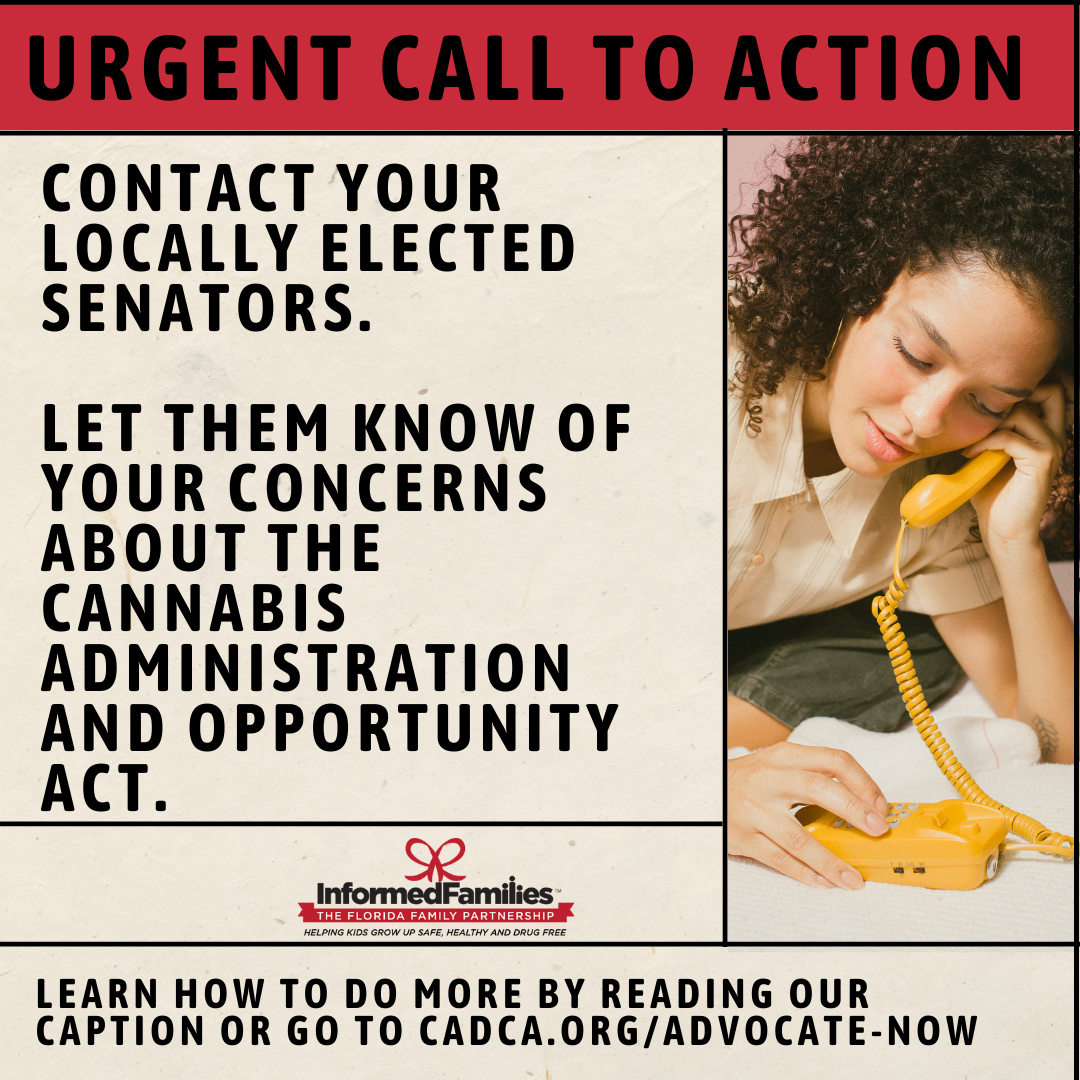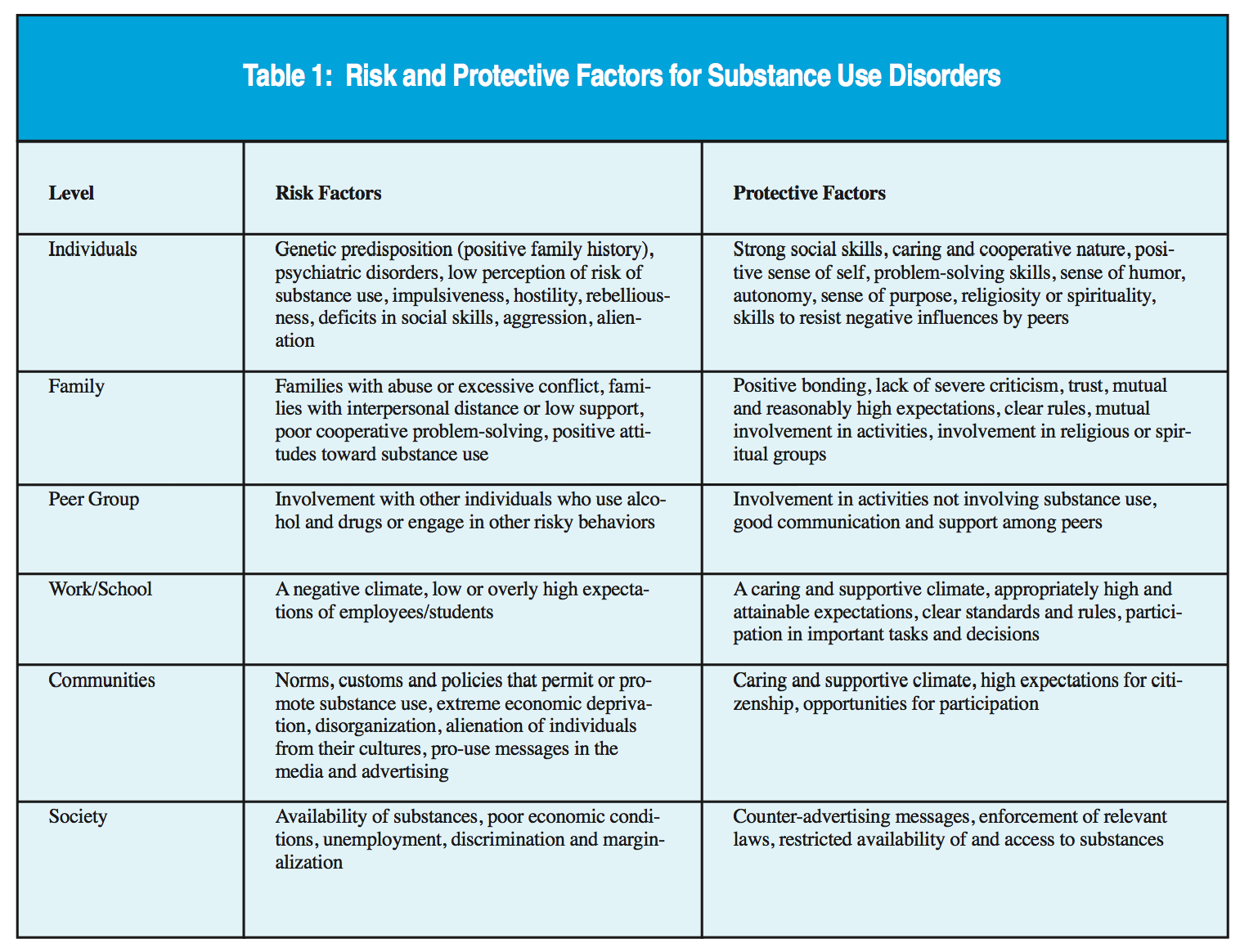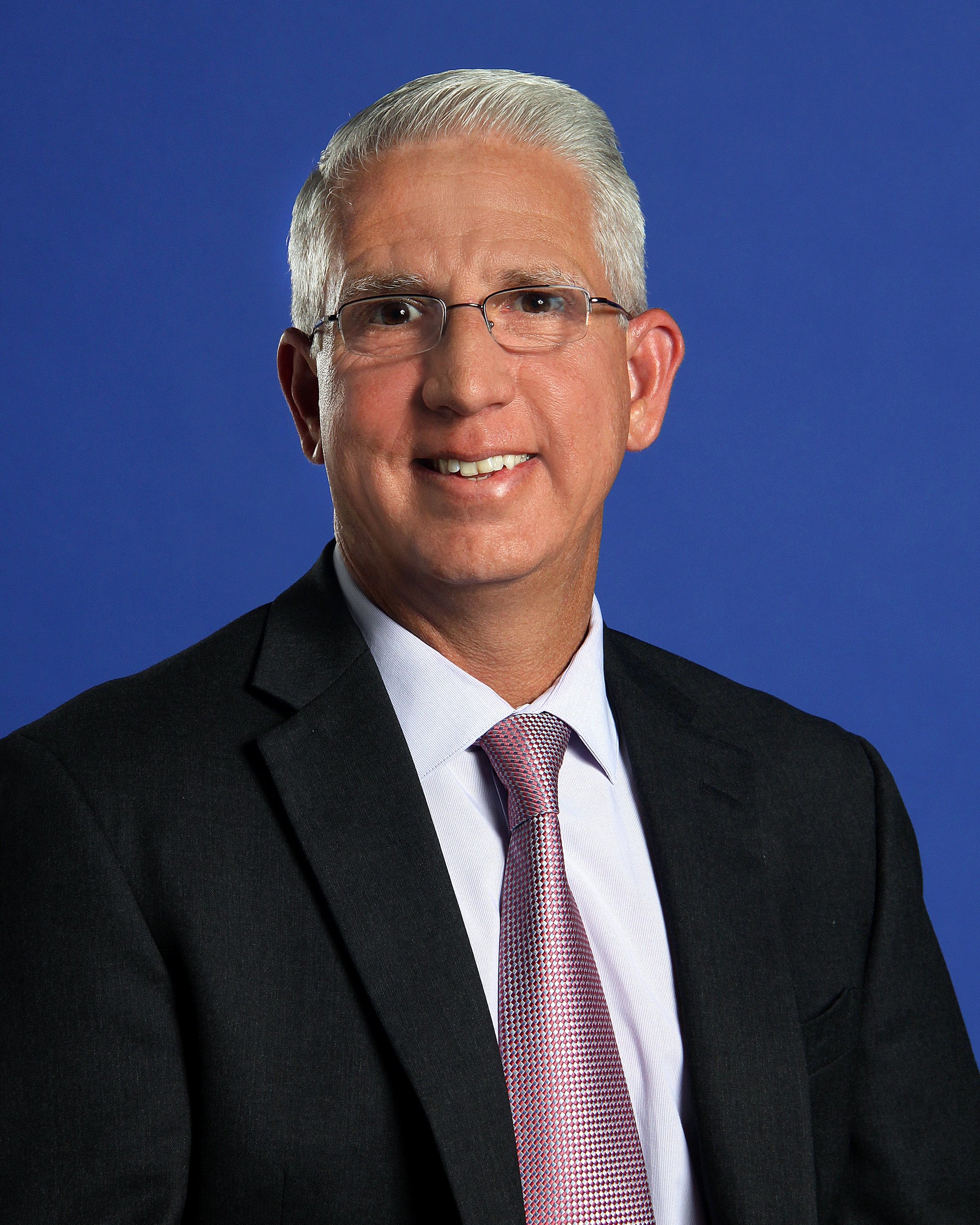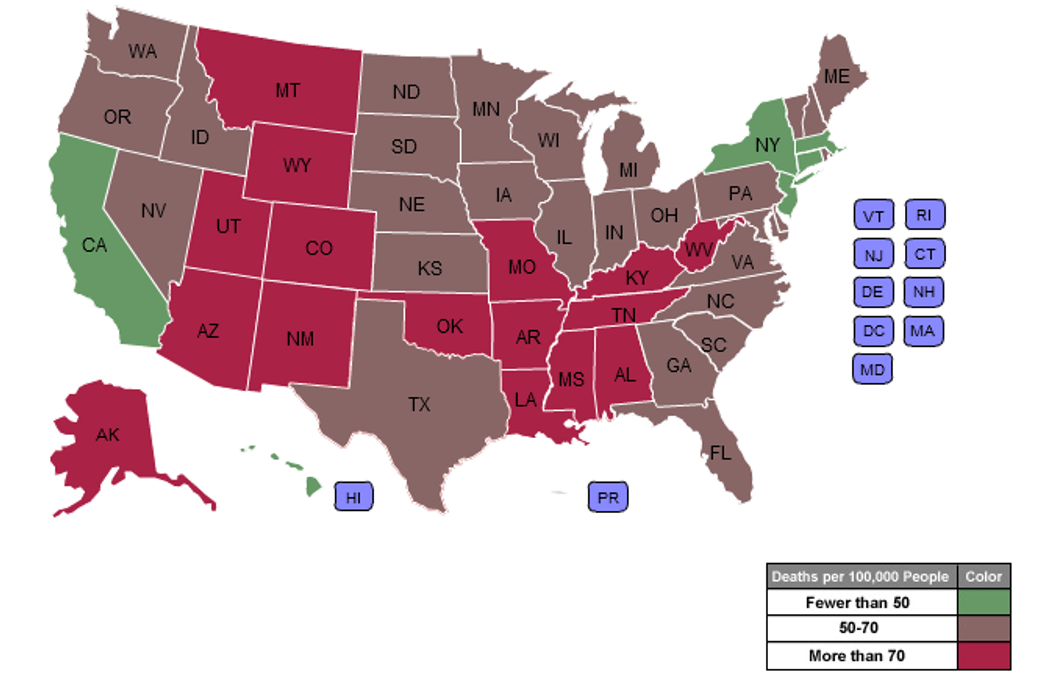It’s hard enough to teach our kids to avoid drugs when even popular celebrities and members of Congress, not to mention the cannabis industry, are trying to normalize its use.
Informed Families Catalyst
Legislative Alert: Act Now to Stop This Bill!
Posted by Informed Families on August 14, 2022 at 1:41 PM
Topics: parenting, addiction, teenagers, safe homes smart parties, children, teens, drug trend
When it comes to addiction, a lot of young people think it can’t happen to them. But it can, and it does. Especially with a drug like Xanax.
Topics: parenting, addiction, teenagers, safe homes smart parties, children, teens, drug trend
President's Message - June/July 2019
Posted by Peggy B. Sapp, President & CEO on June 28, 2019 at 11:00 AM
Let's End the Stigma Associated With Drugs
The Surgeon General’s recent call to end the stigma associated with addiction is long overdue. The stigma surrounding alcohol and drug use and addiction often prevents us from talking openly about these issues with friends, family and most importantly our kids.
It’s much easier to avoid talking about tough topics, especially when we think “that could never happen to one of my loved ones.” No one wants to believe their child is sneaking pills from the medicine cabinet or drinking while out with friends. No one wants to believe their child is experimenting with or using drugs.
The sad truth is that children as young as nine years old already start viewing alcohol in a more positive way, and approximately 3,300 kids, as young as 12 years old, try marijuana each day. Additionally, about five in 10 kids, as young as age 12, obtain prescription pain relievers for non-medical purposes. Furthermore, the research shows that children who first smoke marijuana under the age of 14 are more than five times as likely to abuse drugs as adults than those who first use marijuana at age 18 (NIDA).
It is never too early to talk to your children about the risks of using alcohol and drugs. It may not always seem like it, but kids really do hear their parents say; talk they listen.
Peggy
Topics: President's Message, addiction, drug trends, marijuana, prescription drug abuse, teens, drug use, parents, alcohol use
AAP Warns of the Dangers of Binge Drinking in Adolescents
8/31/2015Despite recent declines, two out of every three students (66 percent) have consumed more than just a few sips of alcohol by the end of high school, and over a quarter have done so by eighth grade. In 2014, half of twelfth graders and one in nine eighth graders reported having been drunk at least once in their life.
In a new clinical report, " Binge Drinking," in the September 2015 Pediatrics (published online Aug. 31), the American Academy of Pediatrics (AAP) urges pediatricians and parents to discuss the dangers of alcohol use with children before they take their first sip.
Alcohol is the substance most frequently abused by children and adolescents in the United States, and its use is associated with the leading causes of death and serious injury at this age, including motor vehicle accidents, homicides, and suicides. Eighty percent of adolescents say their parents are the biggest influence on their decision to drink or not.
"We must approach drinking in children, particularly binge drinking, differently than we do in adults," said pediatrician Lorena Siqueira, MD, MSPH, FAAP, member of the AAP Committee on Substance Abuse and co-author of the clinical report.
"Given their lack of experience with alcohol and smaller bodies, children and adolescents can have serious consequences -- including death -- with their first episode of binge drinking," Dr. Siqueira said. "Studies have indicated that continued alcohol use during this growth period can interfere with important aspects of brain development that can lead to cognitive impairment, alcohol-induced brain damage and substance use disorders later in life. Because alcohol use is so common, it is necessary for pediatricians to screen every adolescent for alcohol use during office visits, and along with preventive messages, to help identify youth at risk for alcohol-related problems."
Drinking alcohol is associated with numerous adverse outcomes in underage drinkers, and binge drinking significantly increases these risks.
In adults, binge drinking is defined as consuming five or more alcoholic drinks in a two-hour period by men, or four or more drinks by women. Because teens typically weigh less than adults, they are likely to reach an unsafe blood alcohol concentration more quickly, and lower cutoff points have been proposed. For girls ages 9 to 17, three or more drinks in a two-hour period is considered binge drinking. For boys ages 9 to 13, the cutoff is three or more drinks; for boys ages 14 to 15 it's four or more drinks; and for boys ages 16 to 17, it's five or more drinks.
During high school, drinking rates increase dramatically among teens. Between 36 percent and 50 percent of high school students drink alcohol, and 28 percent to 60 percent report binge drinking. Among high school students, boys are more likely than girls to participate in binge drinking, and is far more common among white boys than among blacks or Hispanics.
The new 2015 clinical report also found:
- Among youth who drink, the proportion who drink heavily is higher than among adult drinkers.
- Children start to think positively about alcohol between 9 and 13 years of age.
- Binge drinking can be associated with early sexual activity and higher rates of teen pregnancy.
- A third of all fatal auto crashes involving alcohol happen among 15- to 20-year-olds.
- Encouraging parents to talk with their children about alcohol use early is very important.
- Programs and resources are available on how to use teachable moments to discuss alcohol use with children.
According to the most recent Florida Youth Substance Abuse Survey, 9.4% of middle school students and 27.1% of Florida high school students reported drinking alcohol in the past 30 days. While these numbers have decreased significantly since 2004, 12 percentage points to be exact, it’s important for parents and educators to be aware of the signs of alcohol use and abuse.
According to the Substance Abuse & Mental Health Services Administration (SAMHSA), underage drinking is harmful in the following key ways:
- It can result in death and disability, poor academic performance, high risk behaviors and more.
- It adversely affects the adolescent developing brain.
- It increased the likelihood of chronic alcohol problems
Did you know that kids who start drinking by age 15 are 5 times more likely to have alcohol problems as adults?
So how do you know if your child is drinking? Look out for the following signs of alcohol use and abuse:
Topics: addiction, underage drinking, alcohol, samhsa, alcohol use, alcohol abuse, signs of abuse
Volunteer Spotlight: Melanie Williams of Orlando
Posted by Informed Families on April 25, 2016 at 4:33 PM
Melanie Williams, a mother of four and an active PTSA volunteer in Orlando, wants to do everything she can to protect her children and others in the community from the devastating consequences associated with drug abuse and addiction.
“Drug prevention is so important because drug abuse is so silently dangerous,” said Williams. “It’s easy for kids to get involved with drugs and it’s so damaging to the body; it destroys lives.”
Williams, a mother of four boys ages 10, 13, 15 and 16, became involved with Informed Families after being invited by a school guidance counselor to attend an Informed Families Parent Peer Group Leader training in Orange County last November.
“The material at the training was mind boggling,” said Melanie. “I learned so much. I’m an involved parent with kids in three different schools. And yet some of the stuff from the training, I really had no clue about. I asked my 16-year-old son, ‘do you know about this?’ He said, ‘yes.’ Attending the training was truly transformative for me. I realized that I need to pay more attention to what my children are learning and what they are exposed to.”
Topics: addiction, orlando, volunteer, drug abuse, parent peer group, parents
AAP Warns of the Dangers of Binge Drinking in Adolescents
8/31/2015Despite recent declines, two out of every three students (66 percent) have consumed more than just a few sips of alcohol by the end of high school, and over a quarter have done so by eighth grade. In 2014, half of twelfth graders and one in nine eighth graders reported having been drunk at least once in their life.
In a new clinical report, " Binge Drinking," in the September 2015 Pediatrics (published online Aug. 31), the American Academy of Pediatrics (AAP) urges pediatricians and parents to discuss the dangers of alcohol use with children before they take their first sip.
Alcohol is the substance most frequently abused by children and adolescents in the United States, and its use is associated with the leading causes of death and serious injury at this age, including motor vehicle accidents, homicides, and suicides. Eighty percent of adolescents say their parents are the biggest influence on their decision to drink or not.
"We must approach drinking in children, particularly binge drinking, differently than we do in adults," said pediatrician Lorena Siqueira, MD, MSPH, FAAP, member of the AAP Committee on Substance Abuse and co-author of the clinical report.
"Given their lack of experience with alcohol and smaller bodies, children and adolescents can have serious consequences -- including death -- with their first episode of binge drinking," Dr. Siqueira said. "Studies have indicated that continued alcohol use during this growth period can interfere with important aspects of brain development that can lead to cognitive impairment, alcohol-induced brain damage and substance use disorders later in life. Because alcohol use is so common, it is necessary for pediatricians to screen every adolescent for alcohol use during office visits, and along with preventive messages, to help identify youth at risk for alcohol-related problems."
Drinking alcohol is associated with numerous adverse outcomes in underage drinkers, and binge drinking significantly increases these risks.
In adults, binge drinking is defined as consuming five or more alcoholic drinks in a two-hour period by men, or four or more drinks by women. Because teens typically weigh less than adults, they are likely to reach an unsafe blood alcohol concentration more quickly, and lower cutoff points have been proposed. For girls ages 9 to 17, three or more drinks in a two-hour period is considered binge drinking. For boys ages 9 to 13, the cutoff is three or more drinks; for boys ages 14 to 15 it's four or more drinks; and for boys ages 16 to 17, it's five or more drinks.
During high school, drinking rates increase dramatically among teens. Between 36 percent and 50 percent of high school students drink alcohol, and 28 percent to 60 percent report binge drinking. Among high school students, boys are more likely than girls to participate in binge drinking, and is far more common among white boys than among blacks or Hispanics.
The new 2015 clinical report also found:
- Among youth who drink, the proportion who drink heavily is higher than among adult drinkers.
- Children start to think positively about alcohol between 9 and 13 years of age.
- Binge drinking can be associated with early sexual activity and higher rates of teen pregnancy.
- A third of all fatal auto crashes involving alcohol happen among 15- to 20-year-olds.
- Encouraging parents to talk with their children about alcohol use early is very important.
- Programs and resources are available on how to use teachable moments to discuss alcohol use with children.
What determines whether a child will ultimately become addicted to alcohol or other drugs? According to the National Insititute on Drug Abuse, many factors can add to a person’s risk for drug abuse. Risk factors can increase a person’s chances for drug abuse, while protective factors can reduce the risk. It sounds pretty logical, but what does that mean for your child?
First, it is important to note that there is no crystal ball implied here. Just because a child is at risk for using drugs, does not guarantee that he/she will use drugs. In fact, research shows that most people at risk do not use drugs. Also, risk factors can be different for different individuals. That said, NIDA's research from the last two decades leads us to believe that more risk factors and fewer protective factors present is a formula for increased drug use.
Risk and protective factors are often categorized under different domains: individuals, family, peers, work/school, community and society as a whole. Check out the chart below.
Topics: addiction, drug abuse, nida, risk factors, drug use, protective factors
From The Front Lines: Summer Is A Peak Time For First Time Drug Use
Posted by David Vittoria, MSW, CAP, CPP, ICADC, NCAC II, Assistant Vice President, South Miami Hospital Addiction Treatment & Recovery Center on July 14, 2015 at 7:44 PM
The first time Sarah* used drugs — at age 13 — the experience was pretty unremarkable, she recalls. Now 18 and newly graduated from high school, Sarah does recall that it happened during the summer at a party. Other kids were drinking beer and smoking marijuana, so she tried them. She continued to smoke marijuana off and on during high school, and she occasionally drank alcohol to excess.
“It wasn’t like I needed something to make me feel happy,” she said. “I didn’t personally go seek it out. It was around.” Seated in a loose circle, Sarah is talking with other teenagers, who in one moment are sharing serious insights and life experiences, then joking and teasing in the next. These teens, ages 16 to 18, are participating in a group therapy session for adolescents at South Miami Hospital’s Addiction Treatment & Recovery Center.
Topics: addiction, prescription drug abuse, David Vittoria, recovery, prevention
Youth Drug Abuse Facts You Should Know in 2015
Posted by Informed Families on July 7, 2015 at 12:28 AM
Topics: addiction, drug trends, parent involvement, positive parenting, prescription drug abuse, synthetic drugs, flakka
President's Message - June 2015
Posted by Peggy B. Sapp, President & CEO on June 16, 2015 at 1:40 PM
INSTANT GRATIFICATION CAN MAKE YOU EAT YOUR FACE
“Users don’t know what they are buying. Dealers don’t know what they are selling.”
During our June webinar about 2015 Emerging Drug Trends, renowned epidemiologist Jim Hall shed light on the dark world of synthetic drugs. According to Dr. Nora Volkow, director of the National Institute on Drug Abuse, synthetic drugs are “substances chemically similar to and/or that mimic the drug-like effects of controlled substances.” The drugs impact the central nervous system and can have stimulant, depressant and/or hallucinogenic effects.
Jim receives his information about the latest drug trends from a variety of sources, including data from emergency phone calls to poison control centers, crime scene investigations and medical examiner reports. In the first four months of 2015, 1,900 exposure calls were received by poison control centers about synthetic marijuana, also known as cannabinoids.
Topics: President's Message, addiction, synthetic drugs, children
Drug Overdose Leads Injury-Related Deaths Nationwide
Posted by Informed Families on June 1, 2015 at 4:50 PM
According to a recent report from the Trust for America's Health Drug overdoses are the leading cause of injury deaths in the United States, at nearly 44,000 per year. Overdose deaths, half of which are related to prescription drugs, have more than doubled in the past 14 years. Overdose deaths now exceed motor vehicle-related deaths in 36 states and Washington, D.C. And, in the past four years, drug overdose death rates have significantly increased in 26 states and Washington, D.C. and decreased in six.
Related: How To Tell If Someone You Know Is Hooked On Prescription Drugs
Topics: addiction, prescription drug abuse, drug abuse, overdose










